If you read one book by an author and love it, then you love that book. If you read another book by the same author and also love it, then chances are you now love that author. This is what happened to me with Peter Heller. I read Celine when it came out and it became one of my favorite books of all time. When I found out Heller was coming out with a new book, I knew I was going to have to read it and I was not disappointed.
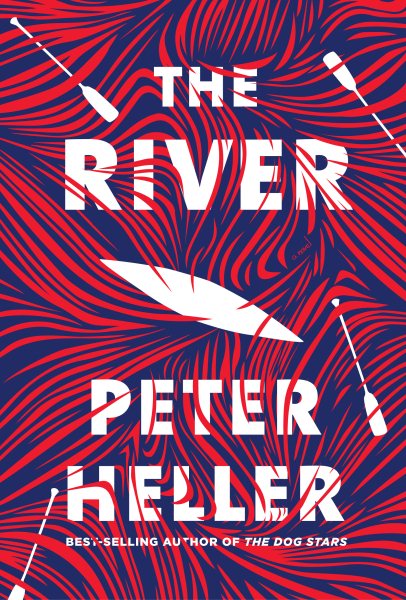 The River is basically my worst nightmare that comes alive in its pages. I hate camping–I mean it–I really, really hate it. I took a road trip with a group of friends to the Grand Canyon and they wanted to spend at least one night camping. I reluctantly agreed and, for some reason, they put me in charge of finding a campground. So, of course I found one that had a pool, a coffee bar, and reasonable showers and toilets. It stands to reason that the goings on in The River are my absolute worst nightmares.
The River is basically my worst nightmare that comes alive in its pages. I hate camping–I mean it–I really, really hate it. I took a road trip with a group of friends to the Grand Canyon and they wanted to spend at least one night camping. I reluctantly agreed and, for some reason, they put me in charge of finding a campground. So, of course I found one that had a pool, a coffee bar, and reasonable showers and toilets. It stands to reason that the goings on in The River are my absolute worst nightmares.
Two college students, Jack and Wynn, decide to furlough school for a semester and take a canoe trip of indefinite length on the Maskwa River in Canada. They have dreams of picking blueberries and fishing during the day and sleeping under the stars at night for as long as they wish. This dream is threatened when they catch a whiff of a forest fire that is rapidly heading their way. The nightmare is made worse when they hear a couple arguing loudly and only the man from the couple shows up paddling down the river the next day. The action in this book left me white-knuckled and sitting on the edge of my seat.
Peter Heller is a master at putting his readers right into the situation at hand. When I think back on reading The River, I don’t so much remember the pages I was looking at, but rather I have memories of being on the river shore listening to Jack and Wynn making decisions about what they need to do to stay a step ahead of survival. I can smell the wildfire as I feel the wind blow through my hair. I feel nervous when Jack and Wynn are worried and I feel anxious for them even when they’ve put together a plan of action they feel good about. It’s hard to know how I would react in the situations they have been put in; I probably would have had a meltdown of some sort. So, I am strangely comforted by reading about people who are confident in scenarios in which I wouldn’t have a clue what to do.
Anything that can go wrong does go wrong for Jack and Wynn. Their friendship is strained when they disagree over what could potentially be life threatening situations. It just goes to show that Peter Heller’s talent is unmatched for my taste, in that he can not only make me read about a situation where I would normally stop after reading the back of the book, but also love the same book.
Peter Heller will be at Lemuria on Friday, March 8, at 5:00 to sign copies of and discuss The River.



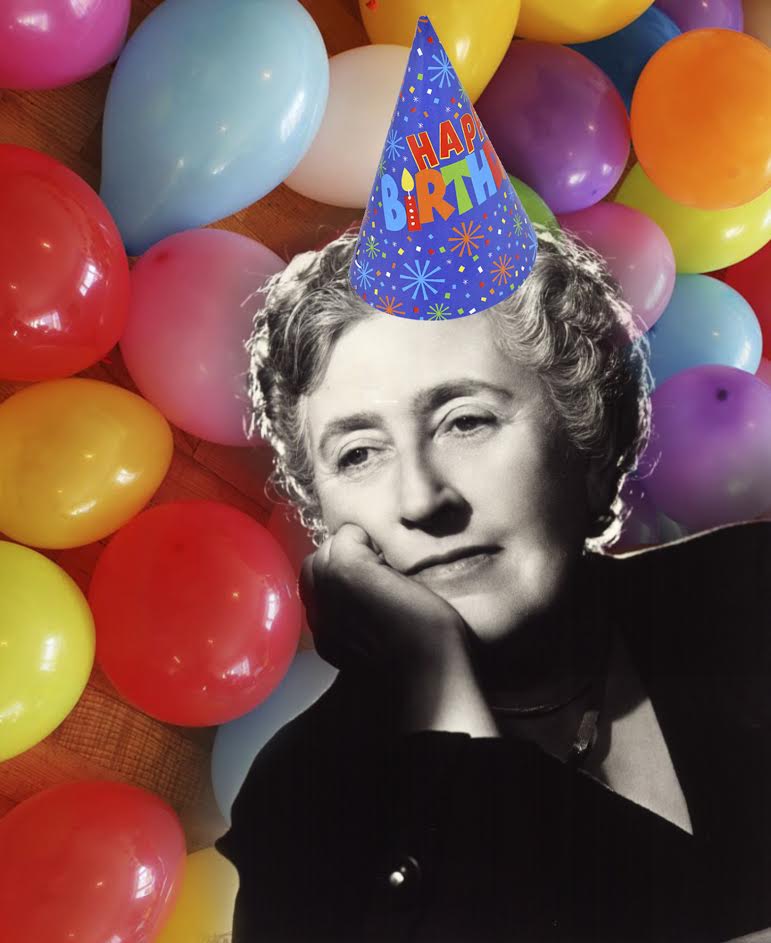
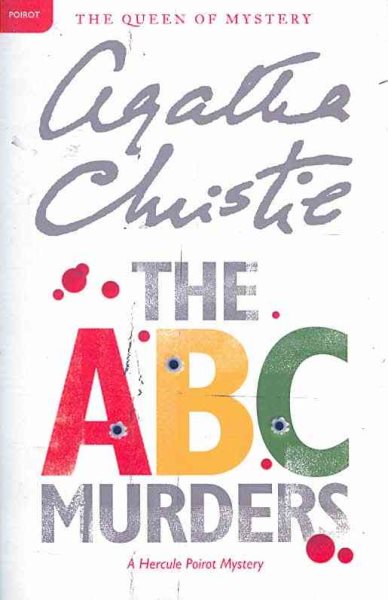 The A.B.C. Murders
The A.B.C. Murders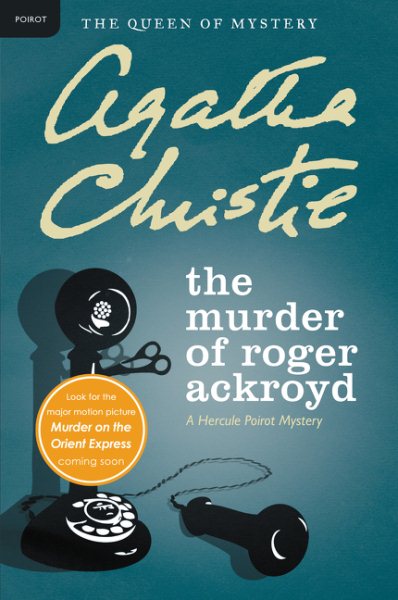 The Murder of Roger Ackyroyd
The Murder of Roger Ackyroyd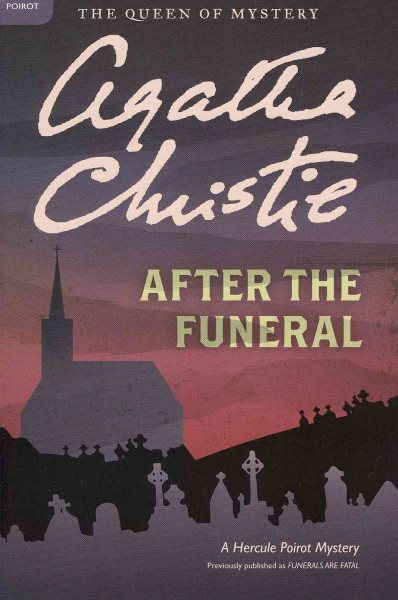 After the Funeral
After the Funeral A Murder is Announced
A Murder is Announced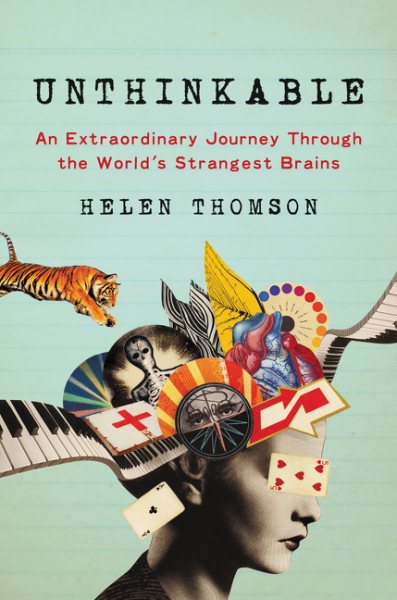 But when I looked at Unthinkable when we got them in, the cover just grabbed ahold of my attention. Each chapter focuses on a real person from around the world and the rare brain disorder they have. The chapter that made me buy this book is about a man named Graham who, for three years, believed he was dead. Objectively, he knew he wasn’t. He was able to walk and talk and tell the doctor he was “dead,” but for some reason, his brain wasn’t letting him grasp that he was alive.
But when I looked at Unthinkable when we got them in, the cover just grabbed ahold of my attention. Each chapter focuses on a real person from around the world and the rare brain disorder they have. The chapter that made me buy this book is about a man named Graham who, for three years, believed he was dead. Objectively, he knew he wasn’t. He was able to walk and talk and tell the doctor he was “dead,” but for some reason, his brain wasn’t letting him grasp that he was alive.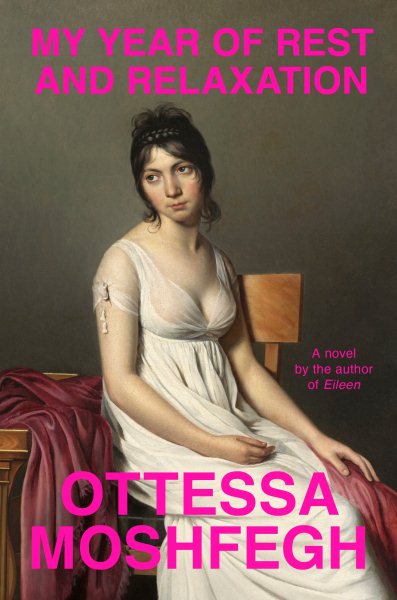 Like, really selfish. She also makes sure to remind the reader every so often of how pretty and thin she is. But I can’t help but like her. Go figure. It’s the year 2000, and the narrator has decided to put her life on hold and hibernate for a year. She goes to the yellow pages and accidentally finds the worst psychiatrist in New York City. Faking insomnia to get sleeping pills, her psychiatrist throws every pill possibly related to this condition at her. This suits her just fine as she thinks up new cocktails of pharmaceuticals to take to make her sleep more and dream less.
Like, really selfish. She also makes sure to remind the reader every so often of how pretty and thin she is. But I can’t help but like her. Go figure. It’s the year 2000, and the narrator has decided to put her life on hold and hibernate for a year. She goes to the yellow pages and accidentally finds the worst psychiatrist in New York City. Faking insomnia to get sleeping pills, her psychiatrist throws every pill possibly related to this condition at her. This suits her just fine as she thinks up new cocktails of pharmaceuticals to take to make her sleep more and dream less.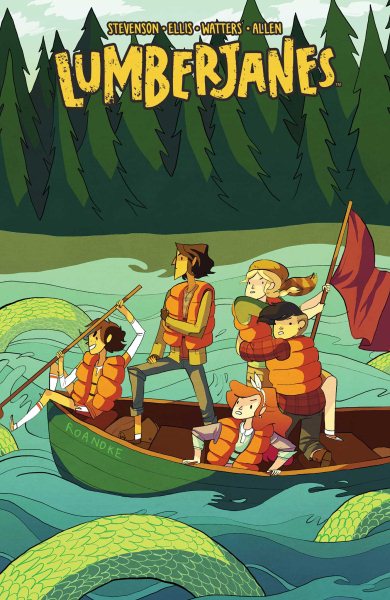 My first graphic novel was the
My first graphic novel was the  In a similar vein to the Lumberjanes is
In a similar vein to the Lumberjanes is 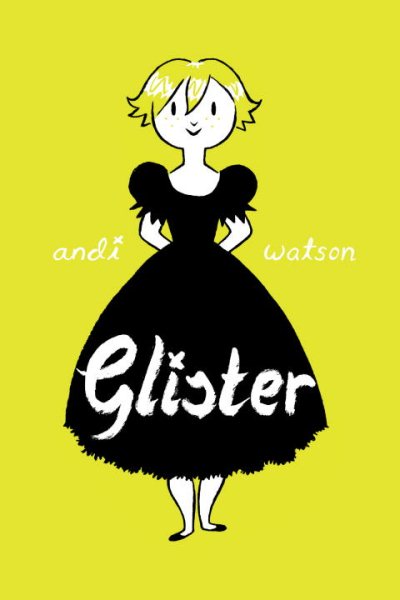 Glister
Glister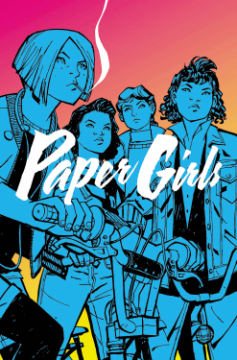 Don’t let the 12 year old main characters in
Don’t let the 12 year old main characters in  I’m not a huge fan of short stories but when I heard that Lauren Groff was coming out with a new book of them, I knew I had to read it. I finished
I’m not a huge fan of short stories but when I heard that Lauren Groff was coming out with a new book of them, I knew I had to read it. I finished 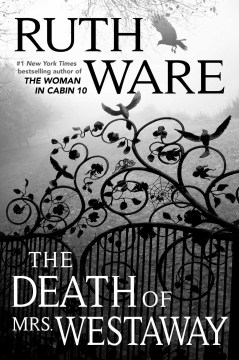 While digging my toes in the sand, I read two page turning mysteries. A tarot reader in dire need of money is told that she has inherited a small fortune in Ruth Ware’s latest thriller,
While digging my toes in the sand, I read two page turning mysteries. A tarot reader in dire need of money is told that she has inherited a small fortune in Ruth Ware’s latest thriller, 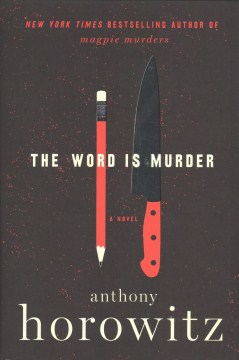 The Word is Murder
The Word is Murder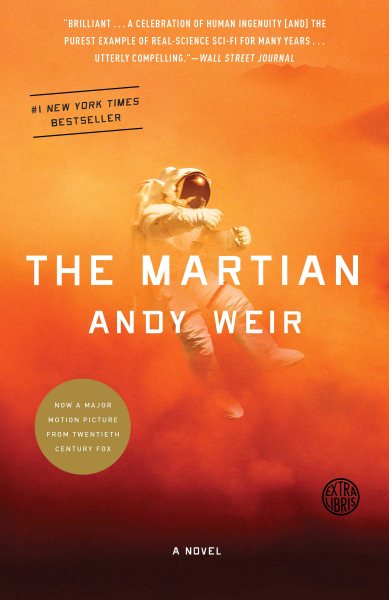 The only book I read in May that isn’t new, was
The only book I read in May that isn’t new, was  I will lastly mention David Sedaris’ new book
I will lastly mention David Sedaris’ new book 
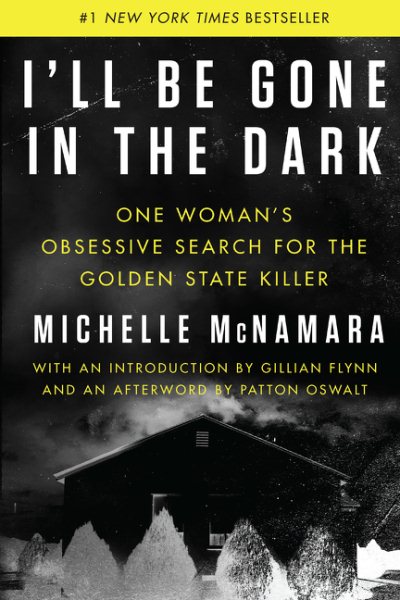 When I found out that Michelle McNamara of the blog
When I found out that Michelle McNamara of the blog 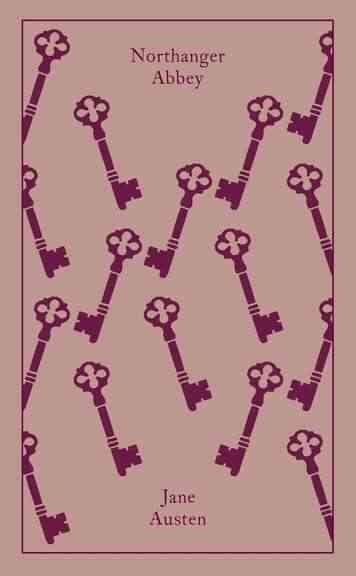 In January, I started with
In January, I started with 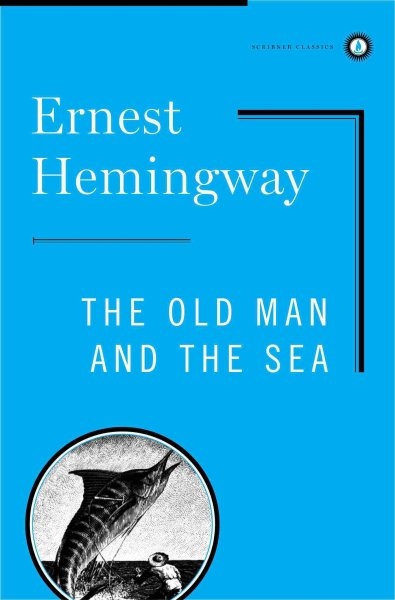 I have already finished my April pick.
I have already finished my April pick.  Laying in bed and eating potato chips was more enthralling than reading my book club book. I finally realized that what was putting me in a slump was the obligation of reading. I didn’t want to read what I was supposed to be reading, and the thought of reading anything else left me feeling guilty about not picking up my book club books. So, what did I do? I didn’t read anything. At least a week passed by where I didn’t pick up a book except to move it out of the way to place my coffee down. I was itching to read, but I still had my classic novel in the back of my head making me sweat bullets.
Laying in bed and eating potato chips was more enthralling than reading my book club book. I finally realized that what was putting me in a slump was the obligation of reading. I didn’t want to read what I was supposed to be reading, and the thought of reading anything else left me feeling guilty about not picking up my book club books. So, what did I do? I didn’t read anything. At least a week passed by where I didn’t pick up a book except to move it out of the way to place my coffee down. I was itching to read, but I still had my classic novel in the back of my head making me sweat bullets.